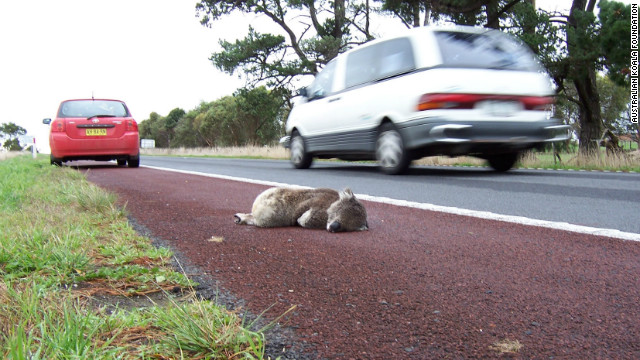Exotic cactus Species found in Cuba Havana
6/5/12
http://www.cubaheadlines.com/2012/06/05/35407/exotic
 |
| Opuntia Stricta is an exotic cactus found in Cuba and is therefore harming the environment there. |
Summary
Exotic species are organisms who were introduced to new habitats. Invasive exotic species are organisms not native to a region, and whose introduction causes economic and environmental harm or negative effects on human health. Scientists Cuba have discovered an exotic species of cactus called Opuntia Stricta in Cuba. The plant was specifically found in the islets of the Gulf of Ana Maria and near Jardines de la Reina. Jardines de la Reina is known as one of the best marine ecosystems in the Caribbean due to health of coral reefs there. Scientists are concerned about the rapid growth of these species, since they are harmful to native flora and coral ecosystems. Cuba currently has three hundred and twenty-two invasive plant species that can damage the biodiversity, effect soil and water quality.
Opinion/Reaction
I think this Opuntia Stricta cactus looks like a fruit and has a weird name. I thought cactus's were only located in deserts. I am glad scientists have discovered the presence of these exotic species, before they cause trouble toward the environment and other organisms. I never thought they could do much harm. I think the public needs to be educated about this cactus, since it is exotic. I wonder what would happen if it ever became extinct. This article was very interesting! It reminds me of the time we learned about threatened, endangered, invasive, and exotic species in environmental science class. The discussions and videos we watched were so cool.
Questions
1. Does Opuntia Stricta benefit anything or anyone? If yes, than pretend it became extinct, what negtaive impacts will it have on anyone or anything ? If no, do you think Cuba should get rid of the Opuntia Stricta?
2. How can we protect exotic species? Explain.
3. What are some of the 322 invasive plant species in Cuba? Explain.







 Typical pump used for obtaining groundwater
Typical pump used for obtaining groundwater





